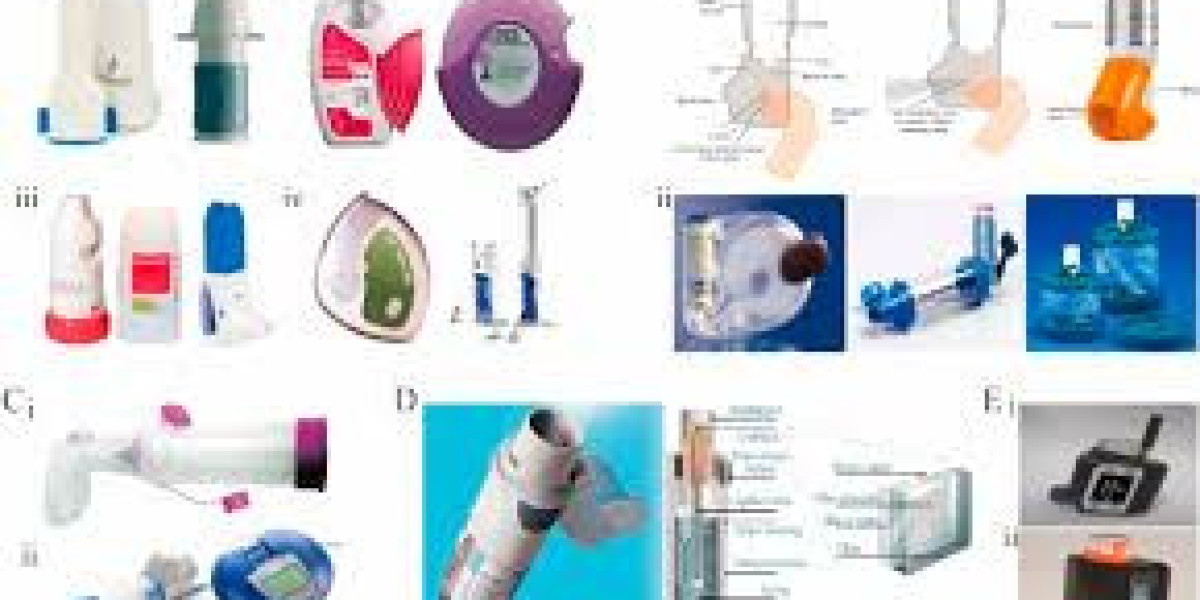Inhalation drug delivery is a vital method in modern medicine, allowing for efficient and targeted administration of medications directly into the respiratory system. From treating chronic respiratory conditions to delivering rapid relief in emergencies, inhalation therapy has revolutionized the way we manage various ailments. This article explores the intricacies of inhalation drug delivery, from its historical roots to future innovations.
1. Introduction to Inhalation Drug Delivery
Inhalation drug delivery involves the administration of medication through inhalation into the lungs. This method offers several advantages over conventional routes of administration, including rapid onset of action and reduced systemic side effects.
2. History of Inhalation Drug Delivery
Early Developments
Inhalation therapy dates back centuries, with ancient civilizations utilizing fumigation for medicinal purposes. However, significant advancements occurred in the 19th and 20th centuries with the introduction of inhalers and nebulizers.
Milestones in Modern Inhalation Therapy
The 20th century witnessed the development of metered dose inhalers (MDIs) and dry powder inhalers (DPIs), revolutionizing the treatment of respiratory conditions such as asthma and chronic obstructive pulmonary disease (COPD).
3. Types of Inhalation Drug Delivery Systems
Inhalation drug delivery systems come in various forms, each with its unique mechanism of action and advantages.
Metered Dose Inhalers (MDIs)
MDIs deliver a precise dose of medication in aerosol form, propelled by a pressurized propellant. They are compact and convenient for use, making them popular for managing asthma and other respiratory conditions.
Dry Powder Inhalers (DPIs)
DPIs deliver medication in powdered form, relying on the patient's inhalation to disperse the drug into the lungs. They are breath-actuated and do not require a propellant, making them suitable for patients with coordination difficulties.
Nebulizers
Nebulizers convert liquid medication into a fine mist, which is inhaled through a mask or mouthpiece. They are often used in hospitals and home settings for patients who have difficulty using inhalers or DPIs.
4. Mechanism of Action
Inhalation drug delivery works by depositing medication directly into the lungs, where it is rapidly absorbed into the bloodstream. This bypasses the digestive system, leading to faster onset of action and reduced systemic side effects.
5. Advantages of Inhalation Drug Delivery
Inhalation drug delivery offers several benefits over oral or injectable routes of administration.
Rapid Onset of Action
By delivering medication directly to the site of action, inhalation therapy provides rapid relief of symptoms, making it ideal for managing acute respiratory conditions.
Targeted Delivery to the Lungs
Inhalation therapy targets the medication to the lungs, minimizing systemic exposure and reducing the risk of systemic side effects.
Reduced Systemic Side Effects
By bypassing the digestive system and liver metabolism, inhalation therapy reduces the likelihood of gastrointestinal upset and hepatic toxicity associated with oral medications.
6. Challenges and Limitations
Despite its many advantages, inhalation drug delivery faces certain challenges and limitations.
Device Technique and Adherence
Proper technique is essential for effective inhalation therapy, but many patients struggle with correct device use and adherence to treatment regimens.
Drug Formulation Challenges
Formulating medications for inhalation presents unique challenges, including achieving the right particle size for optimal lung deposition and stability of the drug formulation.
7. Applications of Inhalation Drug Delivery
Inhalation drug delivery finds applications in various medical conditions, ranging from respiratory disorders to systemic drug delivery.
Respiratory Disorders
Inhalation therapy is the cornerstone of treatment for asthma, COPD, cystic fibrosis, and other respiratory conditions, providing targeted relief of symptoms and improving lung function.
Systemic Delivery of Drugs
In addition to respiratory conditions, inhalation drug delivery is being explored for systemic delivery of medications, including peptides, proteins, and vaccines.
8. Future Trends in Inhalation Drug Delivery
The future of inhalation drug delivery holds promise with ongoing technological advancements and a shift towards personalized medicine.
Technological Advancements
Innovations such as smart inhalers, nanoparticle-based drug delivery systems, and personalized dosing regimens are poised to revolutionize inhalation therapy.
Personalized Medicine Approach
Advances in genomics and biomarker research are paving the way for personalized treatment strategies tailored to individual patient needs, optimizing therapeutic outcomes and minimizing adverse effects.
9. Conclusion
Inhalation drug delivery represents a cornerstone of modern medicine, offering efficient and targeted administration of medications for respiratory and systemic conditions. Despite challenges, ongoing advancements in technology and personalized medicine are poised to enhance the efficacy and safety of inhalation therapy, ensuring better outcomes for patients worldwide.
FAQs
- Is inhalation therapy suitable for all respiratory conditions? Inhalation therapy is primarily used for conditions such as asthma, COPD, and cystic fibrosis, but its suitability depends on various factors. Consult your healthcare provider for personalized advice.
- Are there any side effects associated with inhalation drug delivery? While inhalation therapy is generally well-tolerated, it can cause side effects such as throat irritation, coughing, and hoarseness. These effects are usually mild and transient.
- Can children use inhalation devices? Yes, inhalation devices are commonly used in children for managing asthma and other respiratory conditions. However, proper supervision and education are essential to ensure correct device use.
- How often should I clean my inhalation device? It is important to follow the manufacturer's instructions for cleaning and maintenance of your inhalation device. Regular cleaning helps prevent contamination and ensures optimal drug delivery.
- Can inhalation therapy be used during pregnancy? Inhalation therapy is generally considered safe during pregnancy, but it is important to consult with your healthcare provider before starting or adjusting any medications.















